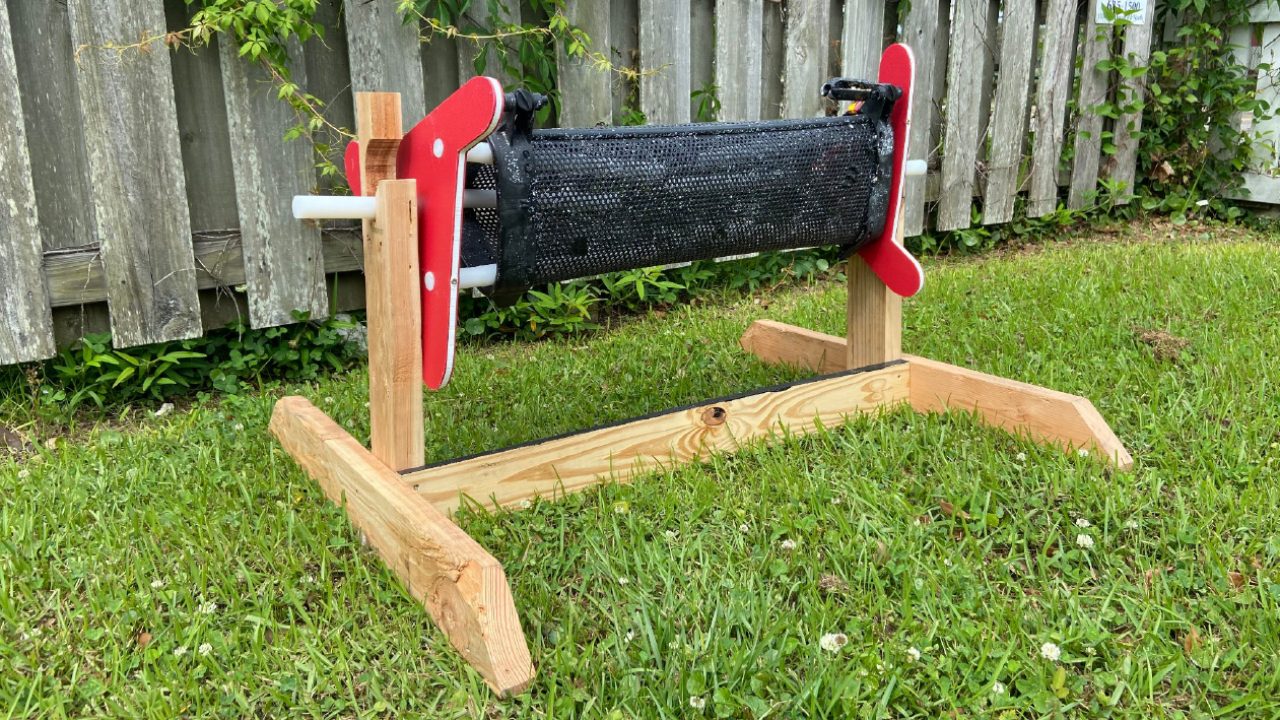Industrial Design Students Continue Partnership with Auburn’s Shellfish Lab

Last fall, students at futures studio in the School of Industrial and Graphic Design (SIGD) studied shipbuilding and oyster farming to create a new oyster aquaculture workboat design for the Auburn University Shellfish Lab (AUSL), located on Dauphin Island near Mobile, Alabama. Their work was so impressive that AUSL representatives came back to Professor Randy Bartlett with a new problem for the students to solve. “The cages they use to farm oysters quickly fill up with barnacles and mud and debris,” Bartlett explained. “They put the cages in a box and pressure wash them. It takes seven or eight minutes to wash a cage, so we wanted to help them find a way to save a couple of minutes of washing by designing devices to hold the cages.”
AUSL, which is a part of Auburn’s School of Fisheries, Aquaculture and Aquatic Sciences, has a mission to provide research and instruction in shellfish ecology and production. Bartlett’s students were already familiar with the operations of the oyster farms, but they needed to better understand the cage cleaning process to improve its efficiency. They began by observing AUSL staff cleaning the oyster cages and then generated a wide range of ideas for materials that could hold the cages during cleaning. After each student generated a concept with drawings, the class chose the four best designs and fabricated them, referring to the different styles as the flip concept, the hanging concept, the rotisserie and the vertical turntable. The students built a prototype for each and recorded video of the cleaning in action to present to AUSL staff member Glen Chaplin.
Student Joel Schneider, who worked on the rotisserie concept, said that he initially wanted to create a device to autonomously clean the cages but quickly realized the limitations. “After talking with Glen and Randy and realizing the constraints of time and budget, I scaled the concept to be much simpler and more affordable,” he explained. The rotisserie style prototype allows a user to rotate the cage by moving the extending pedals on the frame. He said this project was one that modeled working with a client in the real world. “I learned quite a bit about exploring creative solutions to a problem while also recognizing constraints of the client and effectively balancing the two.”
See more in:
Faculty Collaboration,
Industry Collaboration,
Industry Engagement,
Outreach,
Student Experience,
Student Recognition,
Student Work
Related people:
Randall Bartlett